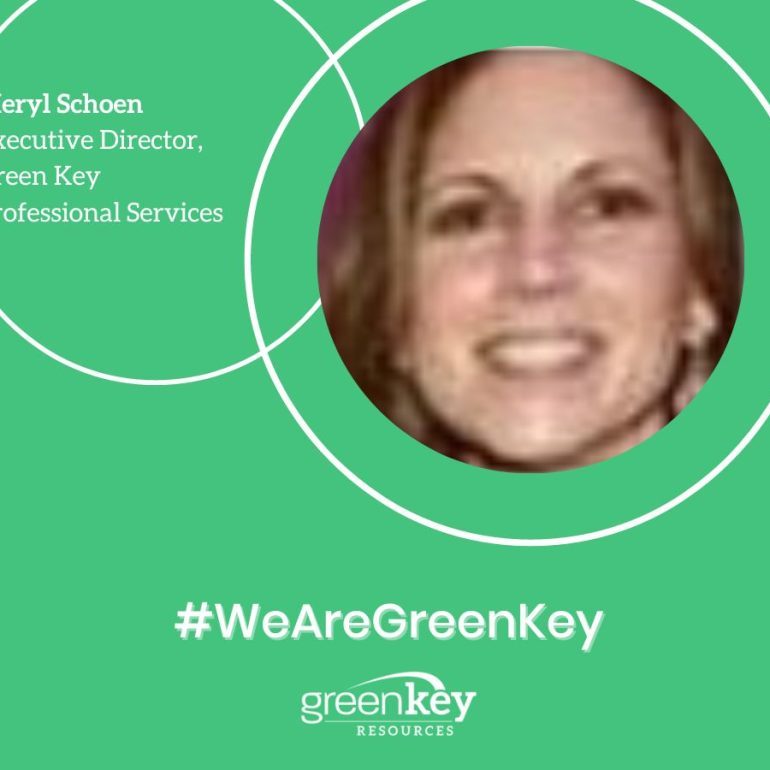Amid the hustle and bustle of modern life, juggling numerous tasks and responsibilities have become a common challenge for many. Whether it’s meeting deadlines at work, managing household chores, or finding time for personal endeavors, the pressure to accomplish everything can quickly become overwhelming. However, amidst this whirlwind, there is a strategy that can alleviate stress and bring clarity to chaos: task prioritization.
In this article, we’ll explore ways to master the art of prioritization and minimize stress starting with the five ways LinkedIn has offered.
1. “Get clear on your goals.”
Most talent professionals outline their yearly goals in annual performance reviews. If you haven’t done this already, it’s a good idea to do it now. To prioritize effectively, you need a clear idea of what you’d like to accomplish over the next year…”
2. “Write down all of your tasks.”
This should include daily tasks, weekly tasks, monthly or quarterly tasks, as well as personal tasks. This will help give you a clear idea of what you need to fit in each day.
3. “Choose a prioritization technique that works for you.”
According to LinkedIn, “This leads us to the burning question: Which tasks should you tackle first?
Turns out, the business world offers a dizzying number of prioritization techniques. Here are a few of the most common:
- Eat the Frog Method: This one gets its name from a quote attributed to Mark Twain, “If it’s your job to eat a frog, it’s best to do it first thing in the morning.” In other words, complete your most challenging and important tasks first…
- ABCDE Method: The ABCDE Method was popularized by Brian Tracy in his book, Eat That Frog!: 21 Great Ways to Stop Procrastinating and Get More Done in Less. In this method, you create five categories and assign each task on your list to a category.
- A tasks are the things you must do
- B tasks are things you should do
- C tasks are nice-to-dos
- D tasks are tasks you should delegate to someone else
- E tasks are tasks you should eliminate
- The matrix involves organizing tasks into four quadrants, based on whether they are: important, urgent, important and urgent, or neither. The “important and urgent” tasks need to be completed immediately. The “important but not urgent” tasks need to be completed but not now. “Not important but urgent” tasks can be delegated. And the last group of tasks — “not urgent and not important” — can be eliminated.”
4. “Focus on one task at a time”
“In this age of distraction, it can feel nearly impossible to focus on just one task. But if you want to be a deft prioritizer, this is a skill that’s crucial to master.”
“The Cleveland Clinic has found that only about 2.5% of people can multitask effectively. For the remaining 97.5% — which is to say, most of us — trying to do too much at once results in poor quality work.”
Some tasks may be quick and easy to accomplish, while others may require more time and effort. Allocate your time wisely to ensure maximum productivity.
5. “Learn how to say “no”
It’s ok to decline additional tasks or responsibilities if you’re already stretched thin. Saying no can help you avoid spreading yourself too thin and maintain focus on your top priorities.
6. Practice self-care
Lastly, don’t forget to take care of yourself. Prioritizing tasks is important, but so is taking breaks, getting enough sleep, and engaging in activities that rejuvenate you. Remember that your well-being is essential for maintaining productivity and managing stress effectively.
In conclusion, prioritizing tasks is a valuable skill that can help reduce stress and increase productivity. By identifying and focusing on what truly matters, you can make meaningful progress towards your goals while maintaining a healthy work life balance. So, take a deep breath, prioritize your tasks, and tackle them one step at a time. Your future self will thank you for it.



